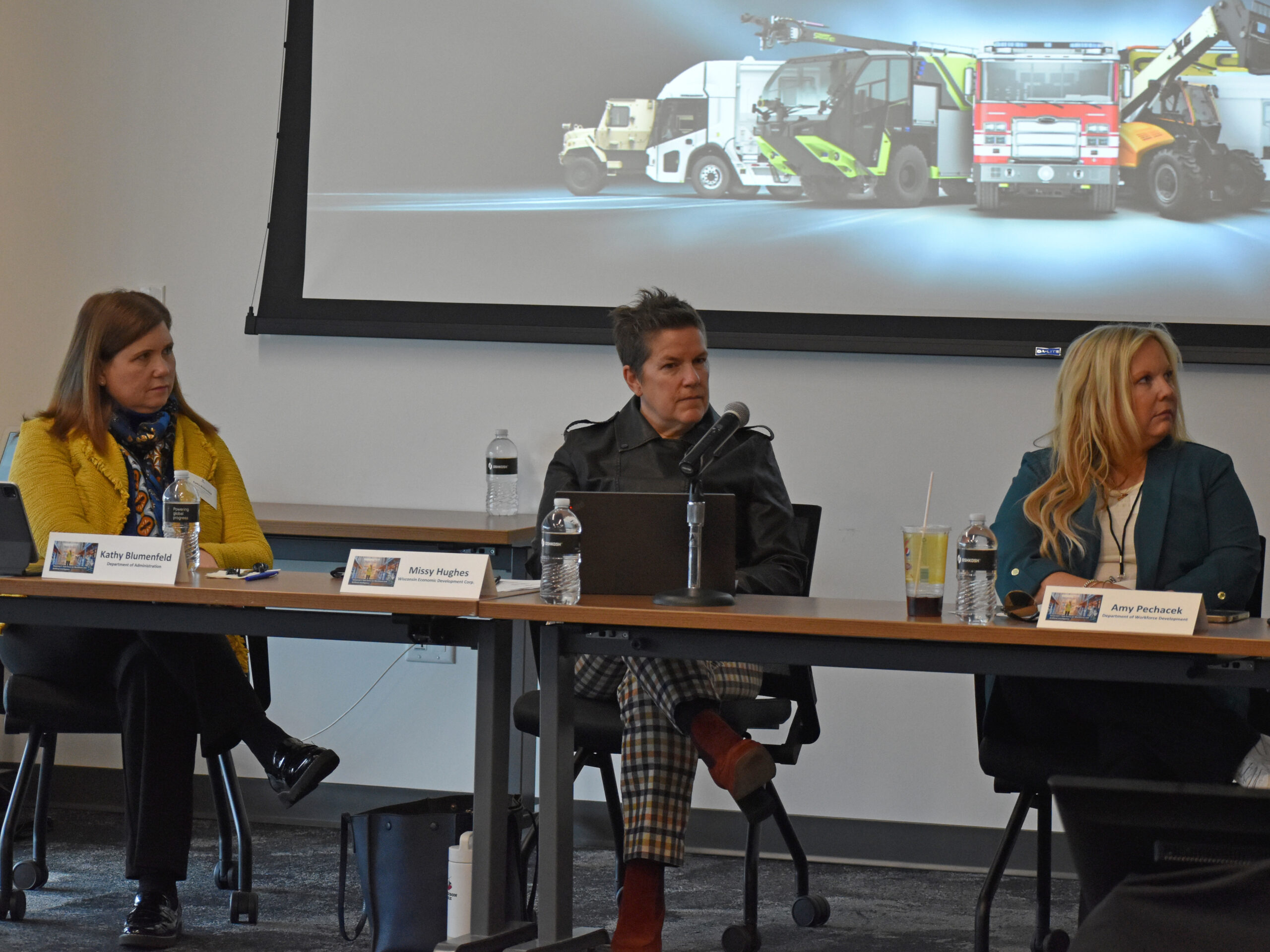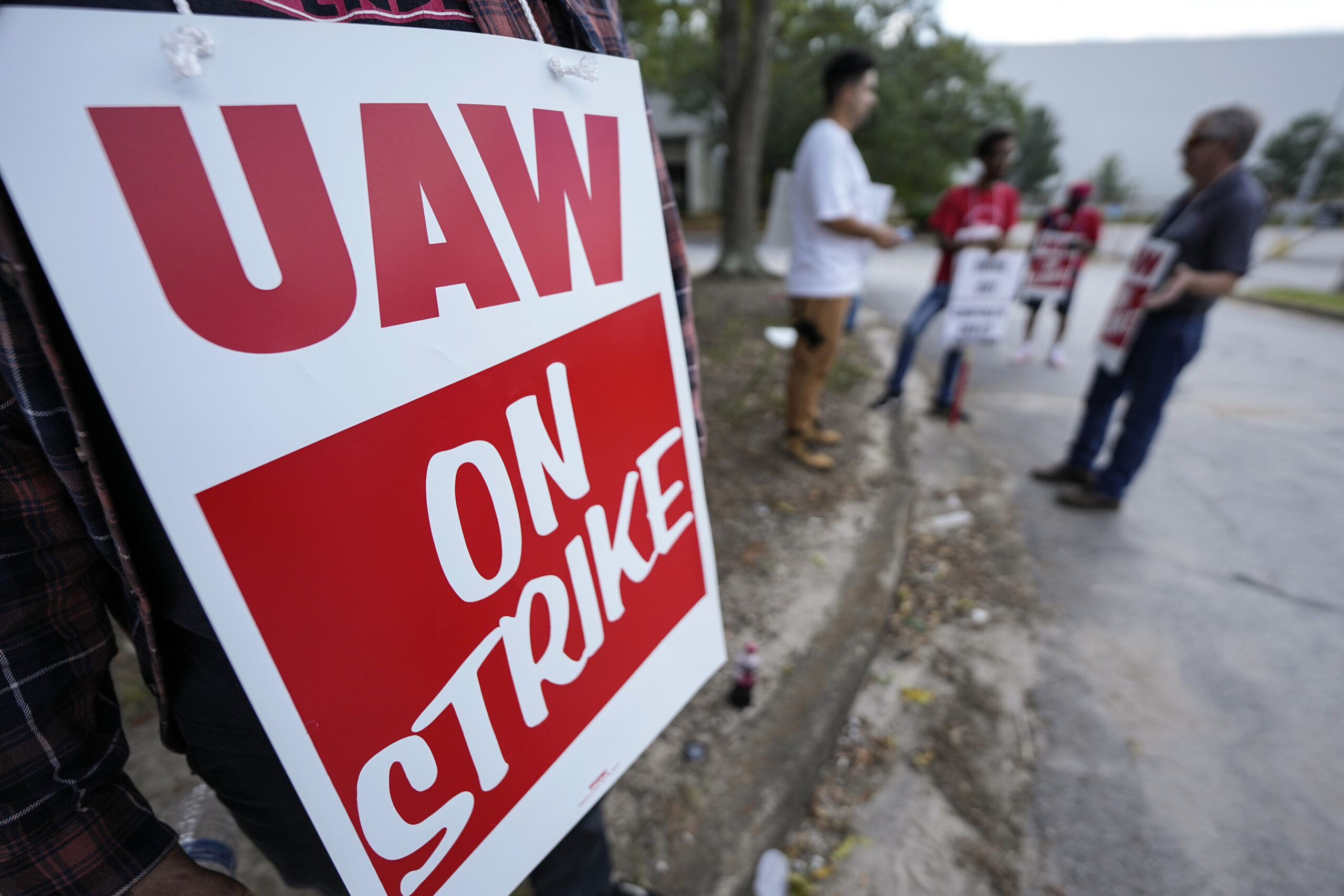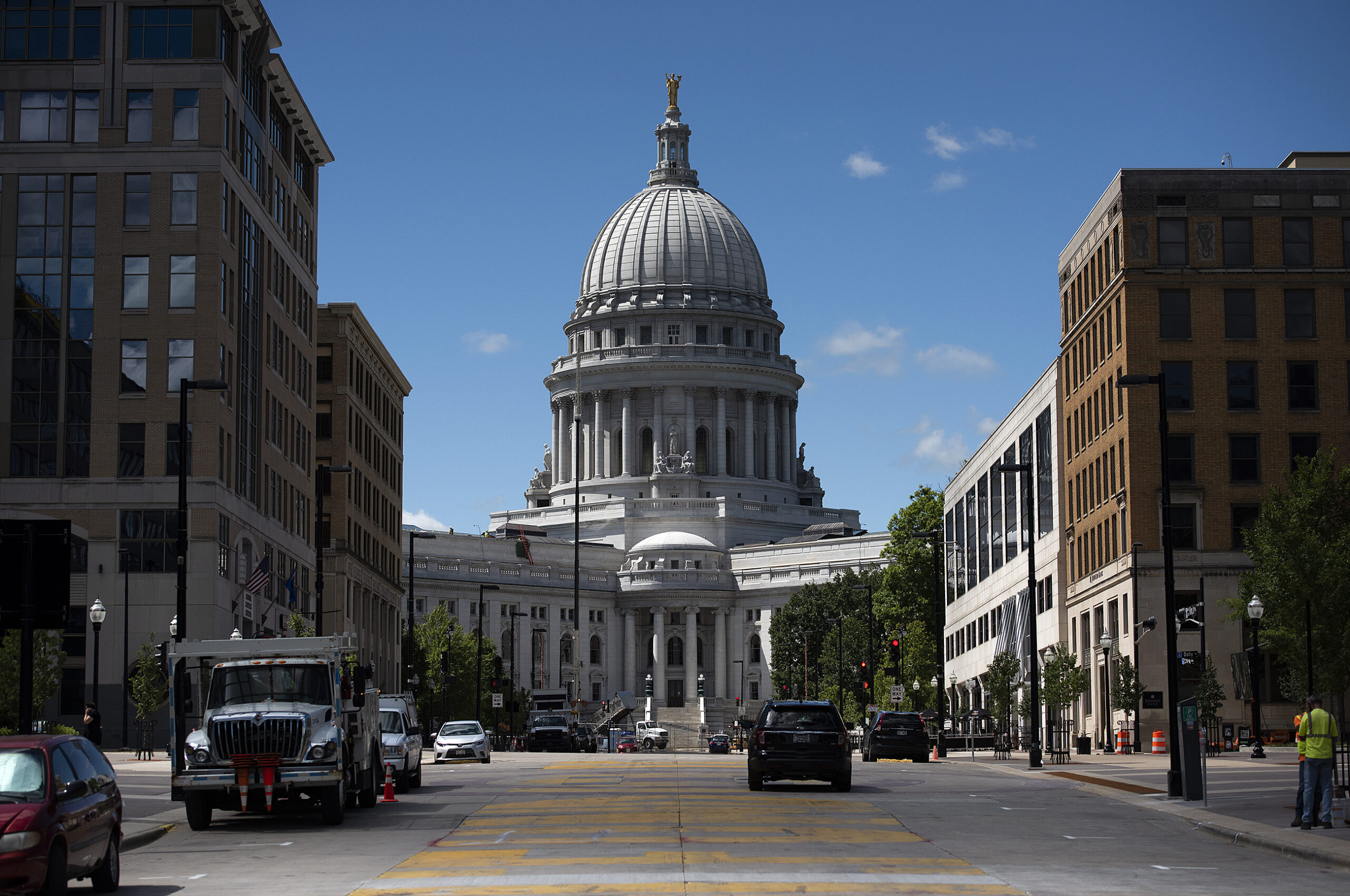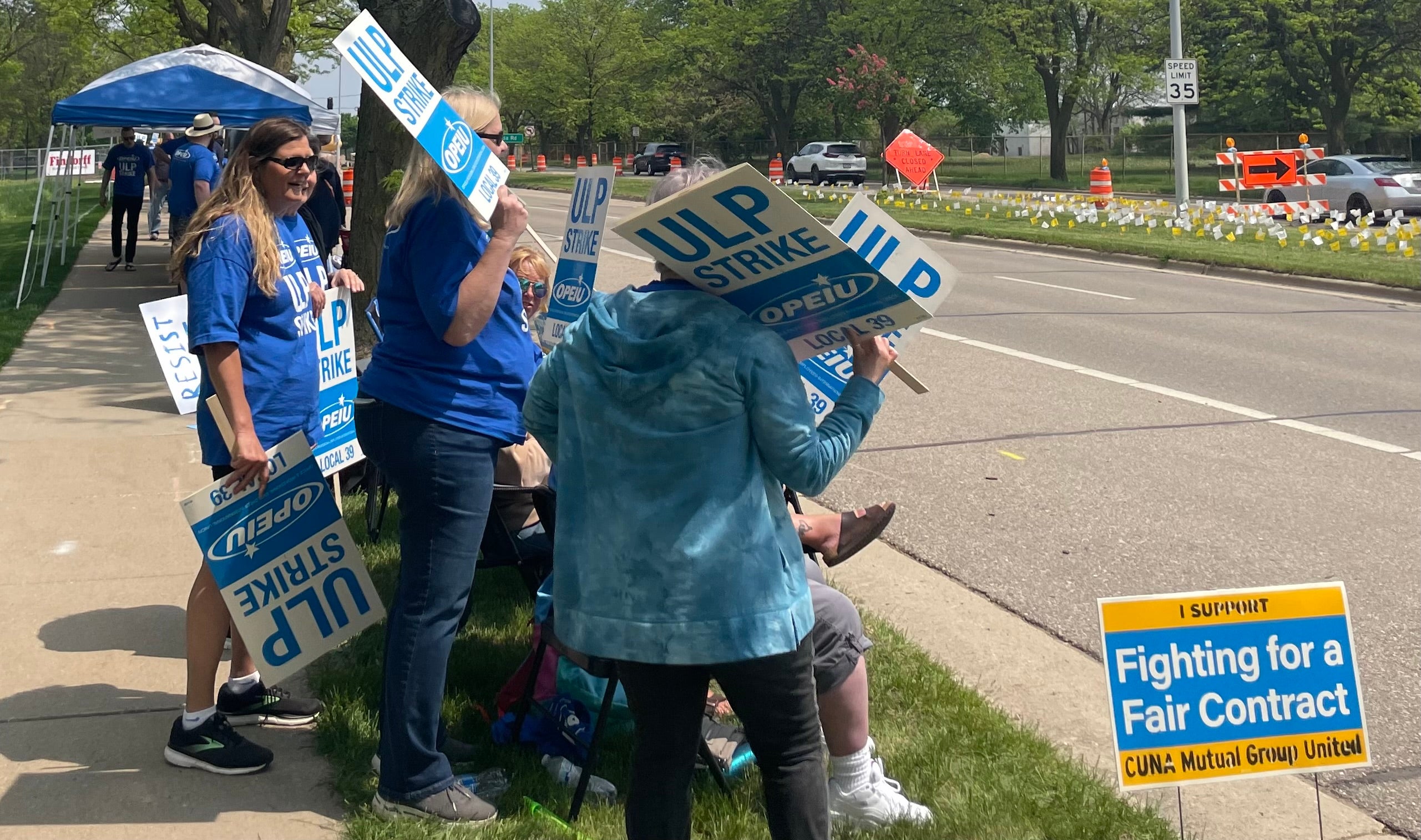There are numerous reports showing Americans are not saving enough for retirement. It’s not just an issue for think tanks. It’s also on the mind of the president and increasingly, state officials who are trying to raise awareness of the issue.
Wisconsin couple Sandy and Mike Lussier are retired and Sandy says “life is good.” They saved for years while working.
“We don’t watch pennies or anything,” Mike said.
Stay informed on the latest news
Sign up for WPR’s email newsletter.
But he said they make do with less. They got rid of one car. And now that their children have moved out, they have moved from a four-bedroom house in Milwaukee to a condominium in Madison.
“It’s a strategy of simplifying life now by downsizing to condo-size living,” he said.
So while some appear to be set, retirement for others look bleak. It’s such a pressing issue that President Barack Obama made it part of his 2014 State of the Union speech:
“Today most workers don’t have a pension,” Obama said. “A social security check often isn’t enough on its own and while the stock market has doubled over the last five years, that doesn’t help people who don’t have 401(k)s.”
During that speech, Obama unveiled myRA, a low-risk, low-fee individual retirement account.
University of Wisconsin-Madison associate professor J. Michael Collins called myRA an “exciting proposal” although it has its limitations: it’s capped at $15,000.
“It allows people to at least get their foot in the door,” Collins said. “You know, it’s certainly not enough to retire on. But it’s a very low-cost way to save in general and specifically for retirement.”
Last spring, Collins and others examined myRA and 8 other retirement plans. Many are state-based.
“What’s fascinating about this is states are taking a lead,” he said. “You usually think about pensions and retirement as being either employer or a federal role and the fact states are kind of stepping up and being innovative. You know, Oregon and California and these other states are really pushing ahead to try and find a solution.”
Wisconsin Democratic state Sen. Dave Hansen is also seeking a solution. His bill would create a private board that would come up with a private pension plan similar to the Wisconsin Retirement System. Under the law the private fund would be separate from the public fund.
Introduced in two separate sessions, it hasn’t gotten traction, even though, according to Hansen, over a million workers in Wisconsin have no access to a retirement plan.
“So we’re figuring there’s a real possibility of a train wreck in the future,” he said.
The bill would create a defined benefit plan. Nationally, according to the U.S. Bureau of Labor Statistics, only 1 in 5 private industry workers have this. And the payout typically depends on how long a person worked for their employer, as well as on their salary.
UW’s Collins explained why:
“You know companies couldn’t afford to do that as workers worked for them for shorter periods and they lived longer. Those two things kind of collided,” he said. “Plus, the ability to manage these funds and make sure you had positive investment returns every year was challenging. So more and more companies have gotten away from defined benefit really kind of shifted the risk to the employees.”
Some companies have changed retirement plans over the years. Others, like Chad Effrons’ employer, just don’t offer them.
“It’s not typical in the construction field to have a 401(k) or anything like that. Most of us are 1099 employees,” said Effrons, referring to the particular IRS form that deals with independent contract workers.
Retirement savings for the self-employed and low-income workers are of particular concern . Policymakers worry about older Americans living in poverty during their so-called golden years.
In Wisconsin however, participation in private-sector retirement plans exceeds the national average. According to the National Institute on Retirement Security in 2012, Wisconsin’s private sector participation in a pension or 401(k) style plan was nearly 53 percent; the national percentage was 46 percent.
Editor’s note: An earlier version of this story attributed a quote to Sandy Lussier instead of Mike Lussier. It has been updated.
Wisconsin Public Radio, © Copyright 2024, Board of Regents of the University of Wisconsin System and Wisconsin Educational Communications Board.






